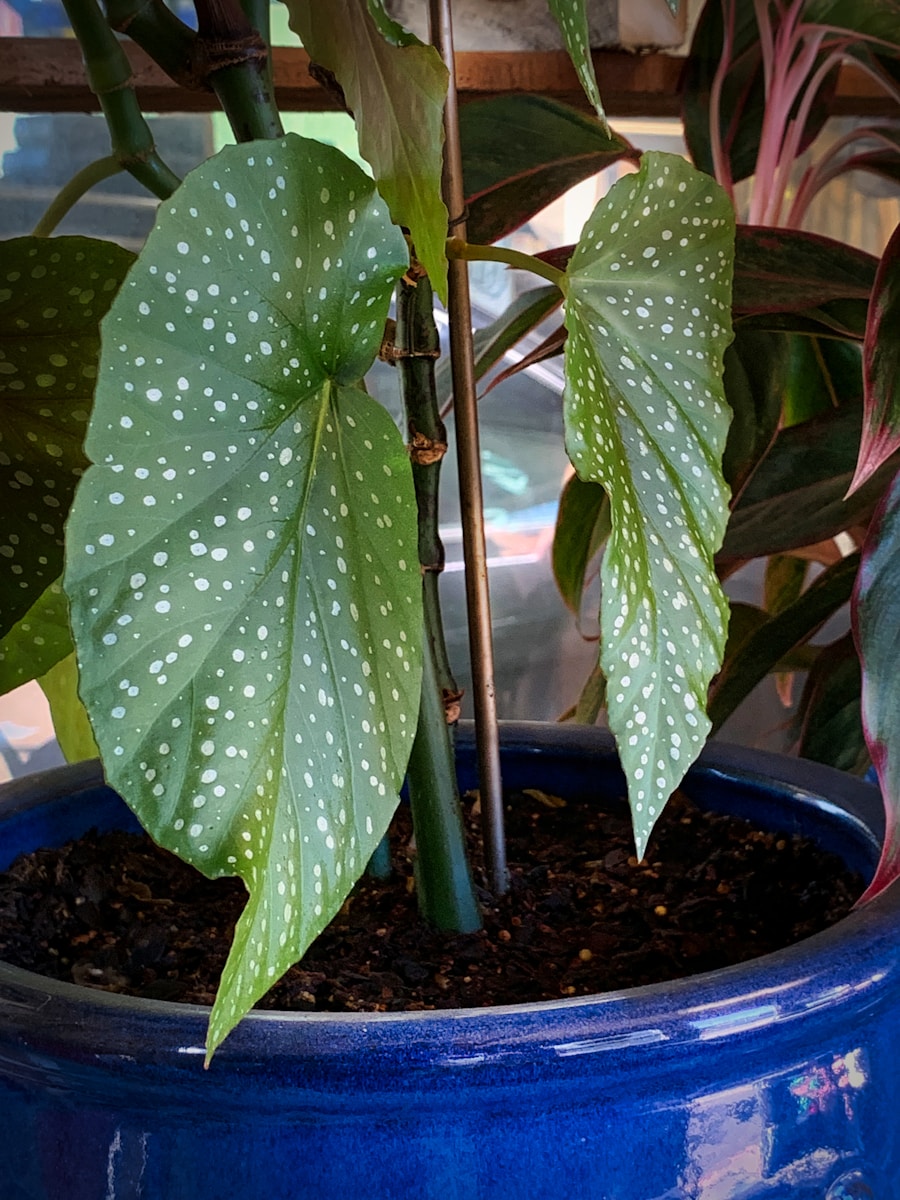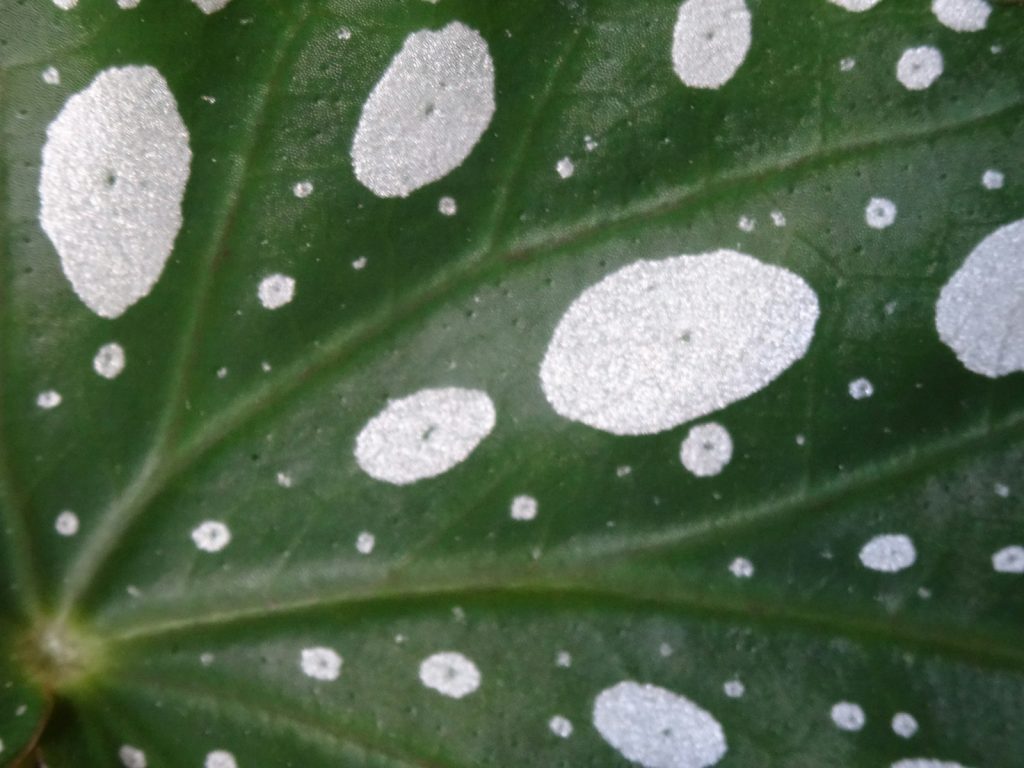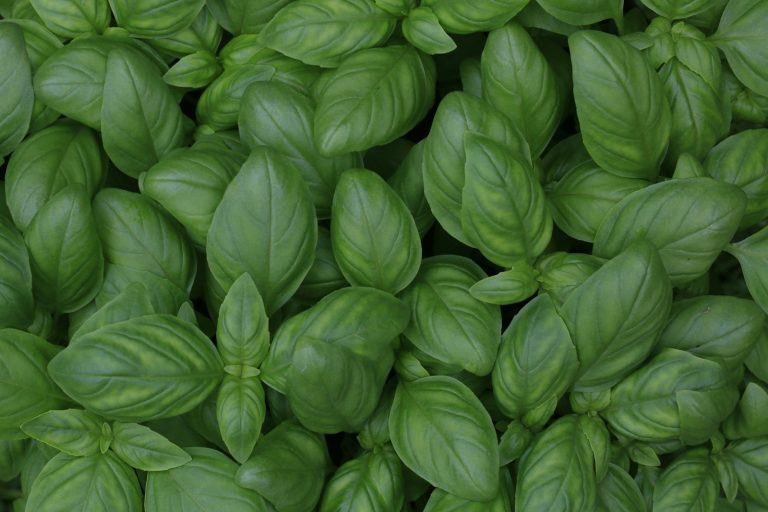Begonia Maculata Care Guide

The Begonia Maculata, or Polka Dot Begonia, is a stunning houseplant valued for its unique silvery-white spots and attractive appearance. Suitable for all plant enthusiasts, this guide provides key care and propagation tips to ensure your Begonia Maculata thrives.
Key Takeaways
- Begonia Maculata is a tropical houseplant known for its distinct spotted foliage.
- Thrives in bright, indirect light and needs moderate watering with good drainage.
- Popular propagation methods include stem cuttings and leaf cuttings.
- Spring or early summer are optimal seasons for propagation due to active growth.
What is Begonia Maculata?
The Begonia Maculata, a member of the genus Begonia, is truly something special! Often called the polka dot begonia, this cane begonia is prized for its visually stunning foliage. Originating from Brazil, it’s a tropical plant that thrives indoors with the right care. The most recognizable feature is, of course, the dot patterns. This begonia is actually part of the begonia corallina family, which both fall under the cane begonia. It is one of the most popular cultivars.
Characteristics of the Polka Dot Begonia
What makes the polka dot begonia so unique? Well, it’s all about those striking dark green leaves adorned with silvery-white spots! These dots create a dazzling contrast that catches the eye. The leaf undersides are usually a deep red or burgundy, adding another layer of visual appeal. As a cane begonia, it features upright, bamboo-like stems. It can bloom indoors, producing clusters of white flowers, but it’s the foliage that truly steals the show.
Why Choose Begonia Maculata as a House Plant?
Why should you bring a Begonia Maculata into your home? Because it’s a fantastic houseplant! This beauty adds a touch of tropical flair to any indoor space, and caring for these begonias is easier than you might think. With the correct Begonia Maculata care, providing indirect light, water when the soil is dry, and a bit of humidity, your polka dot begonia will flourish. Plus, propagating Begonia Maculata is a rewarding way to expand your plant collection.
Care for Begonia Maculata
Optimal Light Conditions
When it comes to Begonia Maculata care, lighting is super important for this houseplant! The polka dot begonia prefers bright, indirect light. Direct sunlight can scorch the dark green leaves, especially those delicate silver dots. An east-facing window is perfect, or a spot near a window with a sheer curtain to filter harsh rays. Insufficient light can lead to fewer spots and leggy stem growth, so find that sweet spot!
Watering and Humidity Requirements
Watering can be tricky, but finding the right balance is important for these begonias. Only water when the top inch of the soil is dry. Overwatering can lead to root rot, a common killer of cane begonias. Ensure your pot has good drainage. These tropical plants also love humidity, so consider using a humidifier, misting the leaves regularly, or placing the pot on a pebble tray. Humidity helps keep those leaves happy and spot-free.
Soil and Potting Needs
Choosing the right soil for your Begonia Maculata is crucial. The polka dot begonia prefers a well-draining potting mix. A mix of peat moss, perlite, and a bit of soil works wonders. This ensures proper drainage and aeration, preventing root rot. When repotting, usually every one to two years, choose a pot that’s only slightly larger than the previous one. This gives the roots room to grow without overwhelming the plant with too much soil.
Propagation Techniques for Begonia Maculata
Methods of Propagating Begonia Maculata
Propagating Begonia Maculata is easier than you might think! The most common method is stem cuttings. You can also propagate this plant through leaf cuttings or even division, though stem cuttings are generally more successful. Select healthy parts of the plant, ideally a stem with a few leaves. This lets you create baby begonias from your existing house plant. Be sure to use clean cutting tools.
Steps for Successful Propagation
To propagate begonias successfully, start by taking a stem cutting just below a node. Remove the leaves from the bottom of the cutting and place it in water or directly into a moist potting mix. If using water, wait for roots to develop before transferring to soil. For soil propagation, keep the soil consistently moist but not soggy. Providing humidity with a plastic bag or propagation dome can also help. Indirect light is key during this process.
Best Time to Propagate
The best time for propagating Begonia Maculata is during the spring or early summer, when the plant is actively growing. This is when the parts of the plant are vigorous and can recover from the cutting and root quickly. Avoid propagating in the late fall or winter, as the plant’s growth slows down during the darker, colder months. Propagating Begonia Maculata during the active growth season leads to success and helps you expand your collection.
Common Varieties of Begonia Maculata
Overview of Dot Varieties
The Begonia Maculata, often known as the polka dot begonia, isn’t just a single cultivar; it features several stunning variations, each showcasing unique dot patterns. Some variations may have larger silver dots, while others might have more densely packed spot patterns. The overall leaf shape can also vary slightly among these dot varieties. Some cultivars produce leaves with more elongated shapes, while others may have broader leaves. Exploring these dot differences adds to the intrigue of care.
Exploring the Wightii Variant
The Begonia Maculata Wightii is a notable variant, celebrated for its elongated dark green leaves and prominent silvery-white spot markings. The leaf undersides often exhibit a rich red hue, adding to its visual appeal. As with other polka dot begonias, the Wightii thrives in indirect light and high humidity. This cane begonia features upright stems that, when mature, can create an impressive display indoors. Propagating Begonia Maculata Wightii is a great way to expand your houseplant collection.
Unique Features of Cane Begonias
As a cane begonia, the Begonia Maculata shares several characteristics with other cane-type begonias. These cane begonias typically feature upright, bamboo-like stems that can grow tall over time. The parts of the plant produce beautiful clusters of flowers. Many cane begonias exhibit attractive leaf patterns and textures, making them prized houseplants. Their growth habit and unique foliage make them stand out in any indoor setting. Their care is similar, focusing on indirect light and humidity.
Maintaining Your Begonia Maculata
Pruning and Repotting Tips
Pruning is essential for maintaining a healthy and attractive Begonia Maculata. Regularly prune away dead or yellowing leaves and leggy stems to encourage bushier growth. Use clean cutting tools to prevent the spread of disease. Repotting is typically needed every one to two years. When you repot, choose a pot that’s only slightly larger than the previous one. This gives the plant room to grow without overwhelming the plant with too much soil.
Identifying and Solving Common Problems
Even with the best care, problems can arise. Overwatering is a common issue, leading to root rot. Ensure your pot has good drainage and allow the soil to dry between waterings. Powdery mildew can also affect the leaves, appearing as a white, powdery coating. Improve air circulation and treat with a fungicide if necessary. Check regularly for pests like mealybugs and spider mites, and address infestations promptly.
When to Expect Blooms
While the Begonia Maculata is primarily grown for its foliage, it can bloom indoors under the right conditions. Expect blooms to appear in the spring or summer months. The flowers are typically white and form delicate clusters. To encourage blooms, provide bright, indirect light and use a liquid fertilizer during the growing season. Remember, the foliage is the star of the show, so don’t be disappointed if your polka dot begonia doesn’t bloom profusely.






